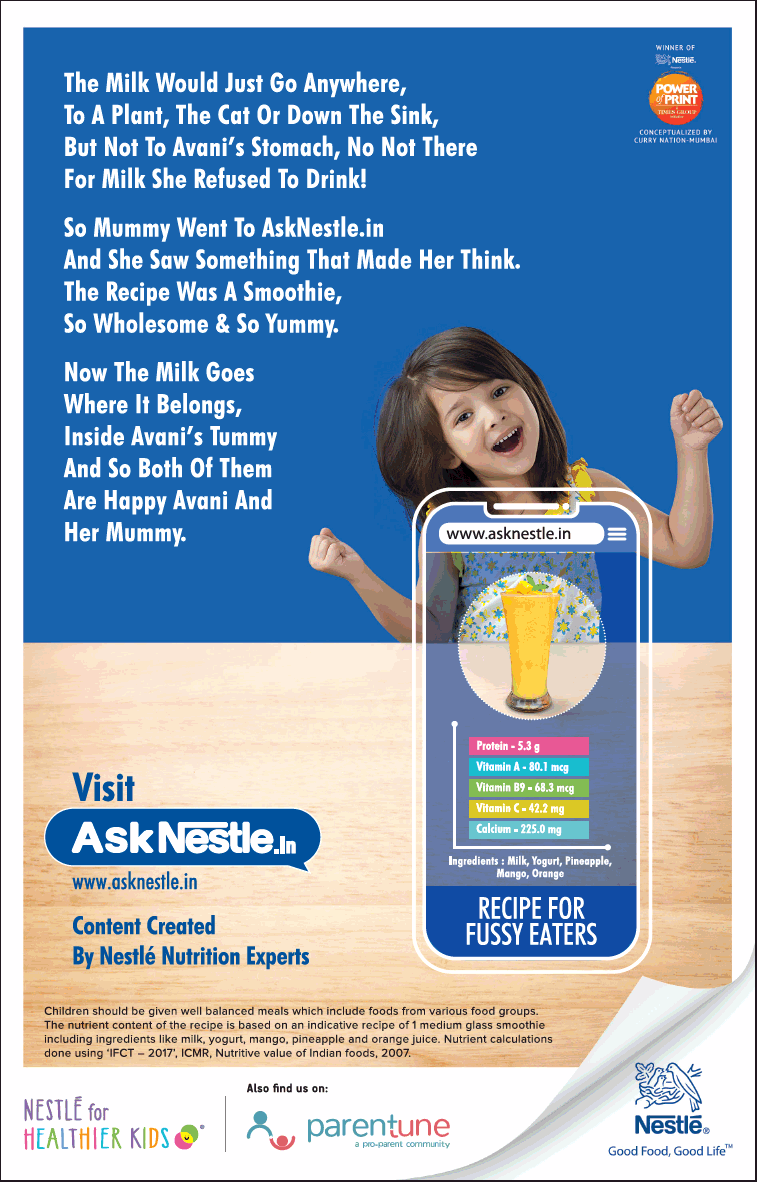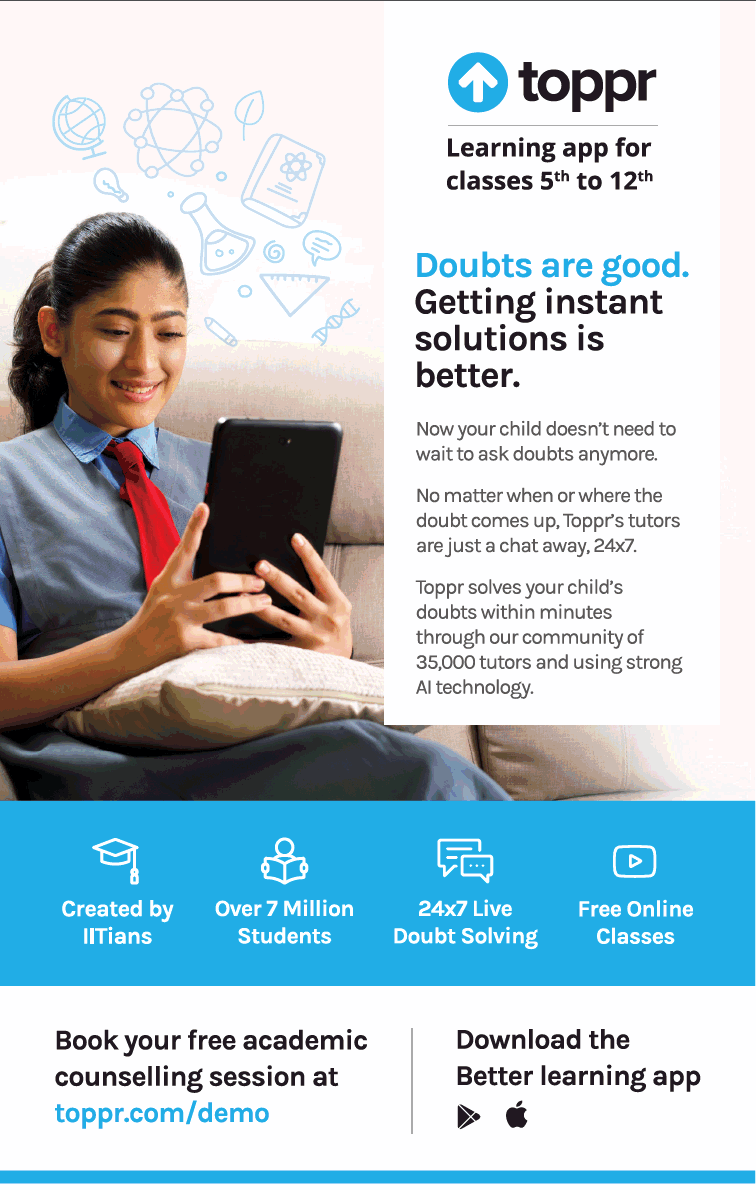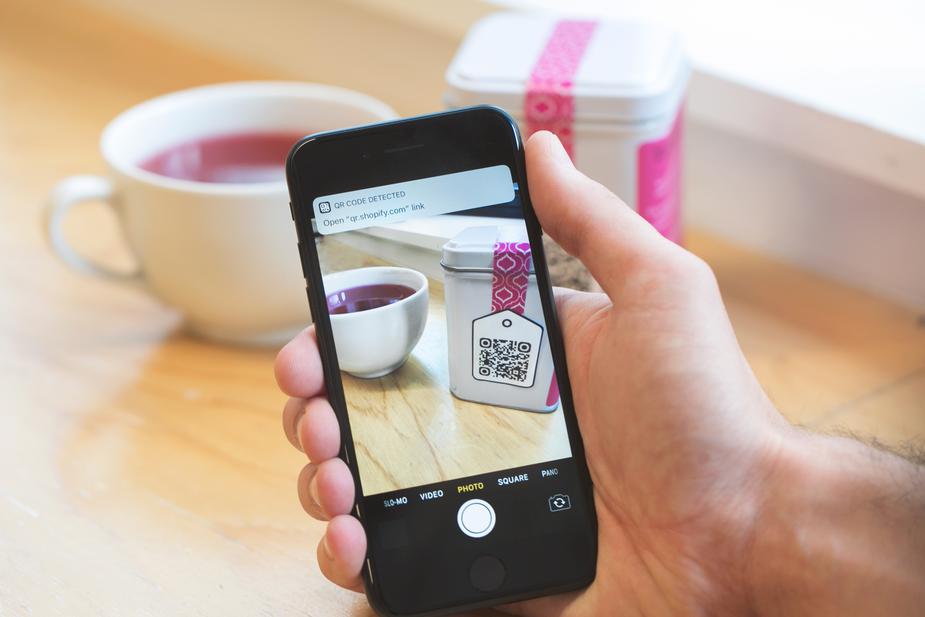Print media is the first building block for a successful digital marketing strategy which is trying to launch a new product. Sounds unbelievable? Well, here is the truth and the example is of FMCG giant Nestle.
Nestle used a creative fold concept in their ad in the national newspaper. The ad is spread on two full pages. The first page gives only some hints which are about the usual decision problem of any mother – what food to give to their kids? The kids are very energetic. So, since morning till they go to the bed, they require multiple meals/feedings. The mother is always seriously concerned with the proper nutrition, and not to forget the hazards of junk food. After raising the curiosity in the first page, Nestle requests to turn the page to know more and behold all the answers to questions about nutrition and food to kids are available online at AskNestle.in. So, here Nestle is launching their website to answer and connect with mothers via the innovative use of print ad in the largest daily in India.

This is one more example of how firms can make use of traditional print media and integrate it with their digital marketing campaign. To get traffic to your websites – look at the mass media first. However, Nestle missed one thing – the use of QR code in the ad, which can be scanned and should allow user to directly land to the website instead of typing the URL. This omission is really surprising (a big mistake) from such a prestigious brand. That’s why digital marketing is different and the rules of print ad are somewhat different. Also, never forget the basics of any digital marketing campaign about making it convenient to users to find your website.
Another print ad by Toppr (with similar objective) which is one more learning app for kids. The education space is pretty fast filling up with so many apps targeting same segment (CBSE/ICSE syllabus) and trying to achieve what ByJu’s has done impressively. The print copy is interesting with clever use of strike-through text. But the problem is again a missing QR code which should enable users to directly install the app.


The approach of Nestle looks very enticing at first, but nothing concrete can be said until they actually see a rise in engagement on the site. The efficiency of newspapers(as per their reader base) to transition towards inducing an initial digital footprint seems a bit vague, when they can just target new age mothers, using the kind of apps/content browsed on phone(evidently noticable for new mothers). Although I completely agree with the QR code bit.